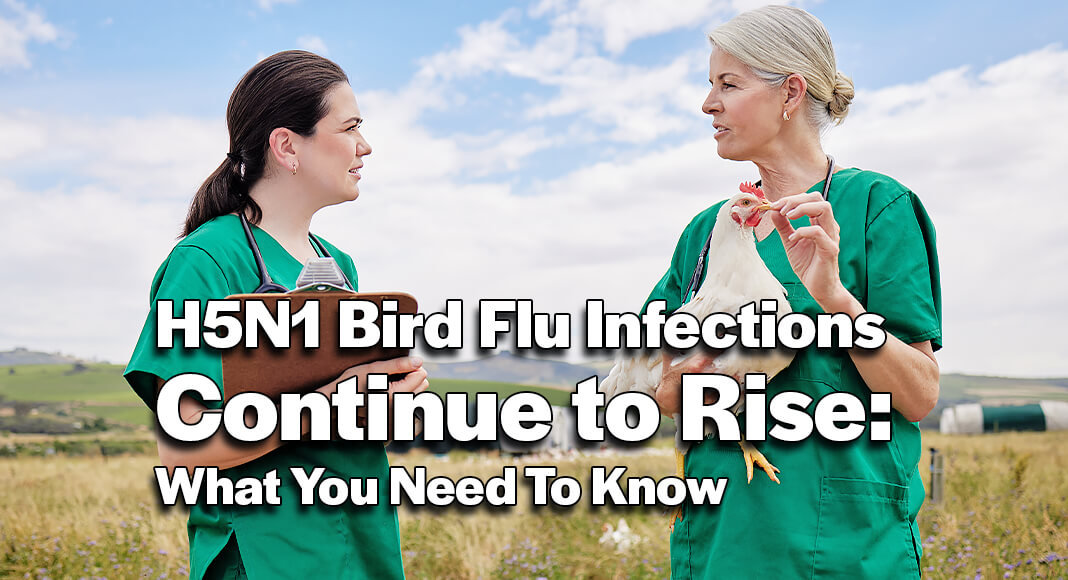
Mega Doctor News
Mayo Clinic News Network
H5N1 bird flu, also known as avian influenza, continues to spread, with reports of a third human case from an unknown exposure source. To date, 67 cases have been confirmed, and one death has been reported in the U.S.
“Most of the people are interacting with infected birds and animals, and there have been several cases where we don’t have a specific history of that individual interacting with an animal or a bird that might be infected,” says Dr. Matthew Binnicker, director of the Clinical Virology Laboratory at Mayo Clinic. “And that’s why we’re cautious and somewhat concerned because the question arises, how did those several individuals become infected?”
There are no reports of the virus spreading from person to person, and the public health risk remains low.
Avian influenza spreads as migratory birds carrying the virus travel between hemispheres. Wild birds can transmit the virus to poultry, farm animals and backyard flocks through respiratory secretions, droppings or shared water. Dr. Binnicker says most cases of infection in humans are from animals to humans at dairy and poultry farms.
“Right now, the primary means of transmission is from individuals interacting with an infected bird or an animal like a dairy cow, handling a sick or dead bird, and then self-inoculating the virus into your eyes, nose or mouth, or working with a dairy cow and becoming infected during the process of collecting milk. We have not seen documented human-to-human transmission of H5N1 yet,” he says.
Precautions
U.S. dairy and poultry workers are encouraged to take precautions to prevent infections.
Watch: Dr. Matthew Binnicker provides update on H5N1 bird flu outbreak
“It’s really important for those who work in bird facilities or on farms where there are dairy cattle when interacting with the animals or debris from the animals that those individuals wear a mask, eye protection and gloves. Many individuals who have been affected following exposure to dairy cattle are coming down with conjunctivitis because the virus is being introduced into the eyes. There are receptors that the virus binds to in the eyes, so wearing eye protection is also important,” says Dr. Binnicker.
How to protect yourself from bird flu at home:
Cook poultry, meat and eggs to their recommended internal temperatures.
Use only pasteurized dairy products.
Practice good hand hygiene, especially when handling food.
Use separate utensils for raw and cooked meat to avoid cross-contamination.
Dr. Binnicker says the U.S. is seeing the most infections due to increased testing and screening, but the virus is likely prevalent in many countries. Health officials are concerned about the potential for a large outbreak in humans.
“We’ve seen now for years this growing outbreak among birds and animals and in mammals, with millions of poultry being affected in the U.S. and worldwide. We’re seeing a growing number of human cases. Fortunately, those cases have been mild so far, but what we know about influenza is that the more it infects animals and humans, the better the chance it has to change and mutate. And it’s a numbers game. The more times that happens, the greater the probability that a virus will arise that can transmit effectively between one person and another and cause severe disease,” says Dr. Binnicker.










